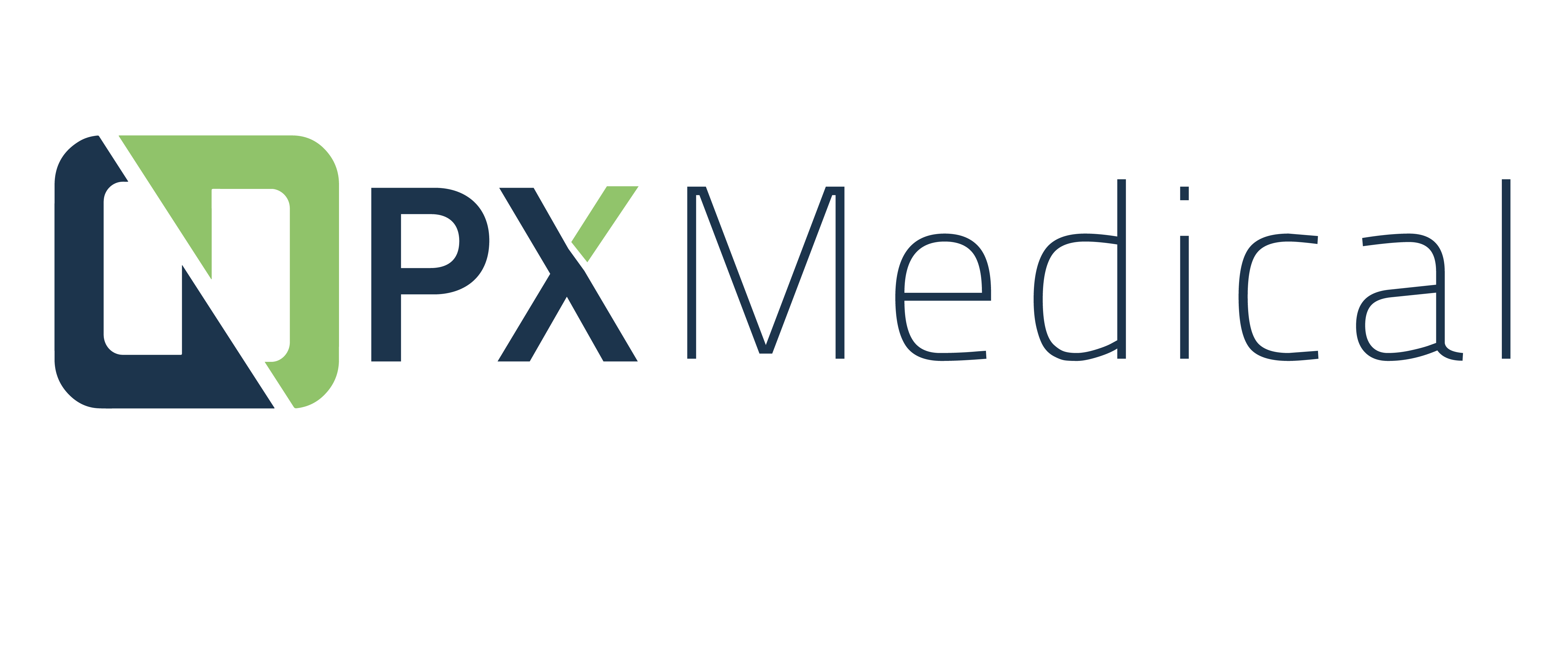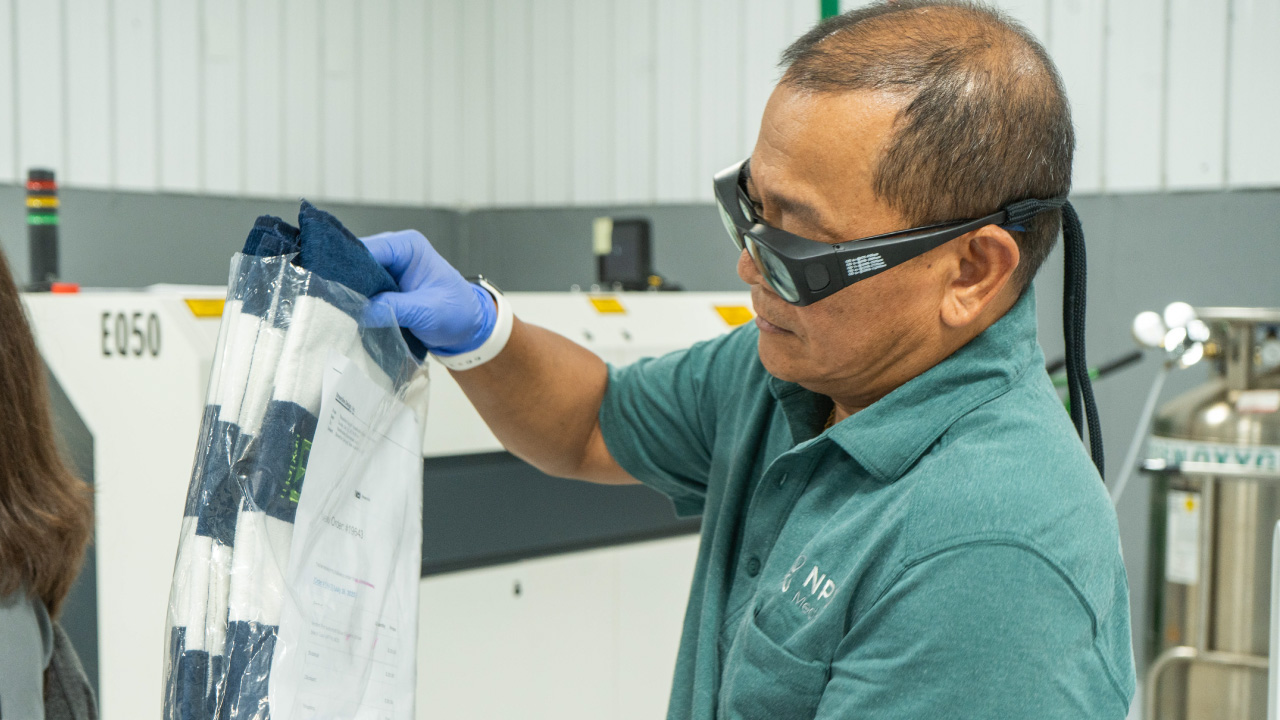The development process for medical devices is rigorous and extensive to ensure a new device or instrument is ready for patient or provider use. Part of that process includes prototyping and testing. Medical device prototype development allows manufacturers and engineers to actually hold an iteration of the product in their hand and see how it looks, feels and in later stages, how it works.
There are many different kinds of prototypes developers can create to learn more about the product and its functions. These prototypes each serve a different purpose, from early research about the size and shape of the final product to an in-depth look at how the final medical device will function for end-users. When medical device developers create new products, they spend most of their time and financial resources in the prototype development process to ensure the final product achieves the best iteration possible.
Alpha Stage
The early stage of the prototype development process is typically referred to as the alpha phase. During this phase of medical device prototype development, engineers have a goal of creating a device that looks like the final product and closely emulates its proper size, shape and functions.
The Alpha stage is the initial setup to further inform developers on the plan and development process going forward. Prototypes at this phase are often made of materials that will be used in the final product, though alternative options and materials may be implemented to reduce costs and further aid in the process. Engineers utilize 3D printing and laser cutting capabilities to guide and inform this process at this stage. Because these development processes are fast, reliable and repeatable, engineers find much more success in creating a looks-like works-like product.
Rapid prototyping is a key differentiator for NPX. We are able to get a physical prototype in hand sooner thanks to our world-class manufacturing and prototyping capabilities. Once the first prototype is created, medical device prototype development becomes increasingly focused on making adjustments. Engineers can further refine the process as they hold and use the early iterations of a medical device. This sets up the development team to plan and prepare for the next phase of prototype development: the Beta stage.
Beta Stage
Once a device prototype has gone through initial iterations, engineers can bring it to the Beta stage. This aspect of medical device prototype development is a more firm and true test of the product. During the Beta stage, developers take what they learned in the Alpha phase and apply it to improve the product. The prototype continues to be updated and improved for end-users.
Engineers who create prototypes leverage state-of-the-art technology to physically manufacture the device. This includes 3D printing, as well as injection molding and other processes that aid in mass production ideal for testing the product. The manufacturing process continues to be refined at this stage as engineers look for ways to optimize the device for efficiency and effectiveness.
The Beta stage is also when early end-user testing begins. Beta testing is essential for device manufacturing and prototype development. End-users, whether they are patients, nurses, doctors or surgeons, actually use and test different iterations of the product. They are then able to give feedback that is critical for further device improvement. Beta testing provides developers with key insights that help guide final adjustments.
Clinical Trials/Pilot Prototypes
When the prototype is more closely aligned with the final product vision, it is ready to be submitted for clinical trials and pilot prototypes. This stage is paramount for FDA approval.
Pilot prototypes and clinical trials include what will be the closest iteration of the final product as possible. While there may be minor software updates or tweaks to the design, devices seeking FDA approval must emulate the final product in order for it to be approved. That is why Beta testing is key to the prototype development process. Engineers and developers can take initial prototype tests and use them to further optimize and improve the product.
Once the clinical trials have concluded and the device is approved by the FDA, it is finally ready for mass production.
Begin the Development Process With NPX
New or improved medical devices and instruments are necessary for the ongoing development and improvement of patient care. Whether you are creating a new surgical instrument that includes a sleek design optimized for biocompatibility, or are developing user-friendly software for accurate patient data reporting, your medical developments can usher in a new era of modern healthcare.
The engineers at NPX have developed medical devices and instruments that improve patient care in myriad ways. We pride ourselves on rapid prototyping to get your device to market faster. If you are interested in manufacturing and producing your medical device idea, contact NPX. Together, we can improve tomorrow’s healthcare.



